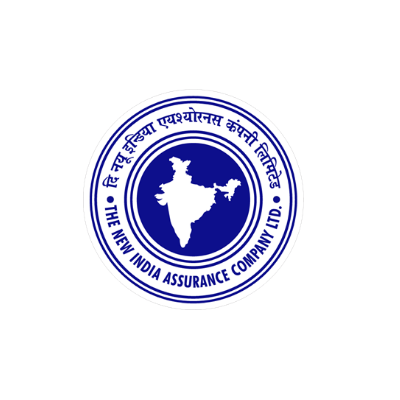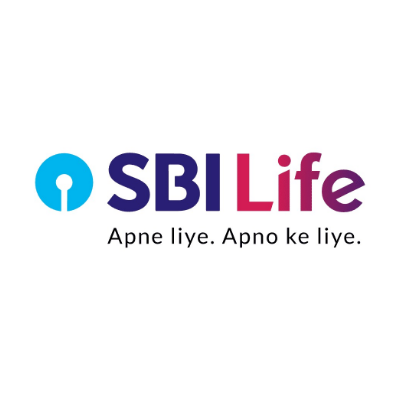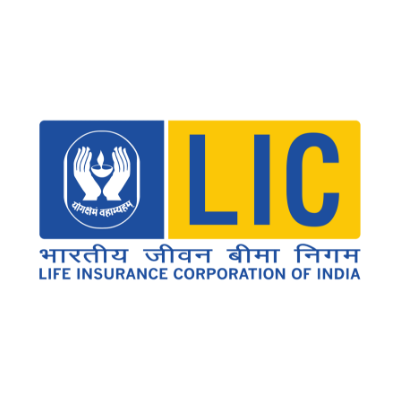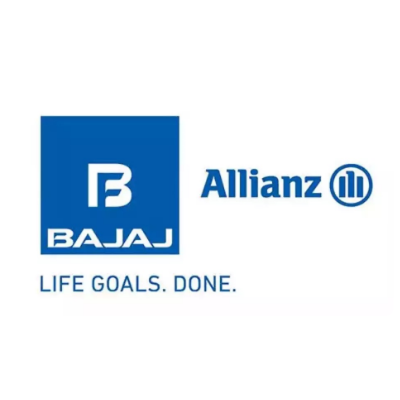VOLUNTARY PROVIDENT FUND
Key Takeaways
● Best suited for low-risk investors building a strong retirement corpus.
● Salaried employees contribute up to 100% of Basic + DA with EPF-level returns.
● EEE tax benefits under Section 80C for long-term savings.
● Contributions are fixed for the year.
● Money can be withdrawn under pre-ordained criteria.
In an unpredictable financial climate, protecting your future with secure, high-return savings is important. For salaried employees in the Employee Provident Fund, the Voluntary Provident Fund India builds larger retirement savings. It also gives tax benefits and government security.
But what is a Voluntary Provident Fund, how does it operate, and why does it deserve its share of space in your financial plan? Does it add extra value? Let’s explore its meaning, eligibility, features, contribution process, withdrawal rules, tax perks, and who should opt in.
What is VPF?
The Voluntary Provident Fund India is an optional extension of the Employees’ Provident Fund (EPF). It lets salaried individuals contribute more than the statutory 12% of basic pay and Dearness Allowance (DA). They can invest up to 100% of Basic + DA to build their retirement corpus.
Overseen by the Employees’ Provident Fund Organization (EPFO) and supported by the Government of India, the VPF matches the EPF interest rate. It combines government-backed safety with the potential for good returns. Employers do not contribute towards VPF. Similarly, employees are under no compulsion to opt for VPF; it is a voluntary PF contribution.
However, once an employee decides on the contribution amount and initiates VPF deductions, the commitment generally cannot be withdrawn or altered until the minimum tenure of five years is completed, to preserve the scheme’s tax-exempt status.
Eligibility Criteria for VPF Account
VPF is an extension of the Employees’ Provident Fund (EPF) and not an independent scheme. Therefore, the eligibility requirements coincide with EPF:
● VPF contributions are allowed only for salaried employees under the EPF Act.
● Employer needs to be registered with the Employees’ Provident Fund Organization (EPFO).
● Self-employed individuals, freelancers, and employees of organizations not registered under the EPF Act are ineligible to open a VPF account.
Features of Voluntary PF Account
The Voluntary Provident Fund India is a disciplined, government-backed vehicle for building a decent retirement corpus. It gives the same security, interest rates, and administrative route as EPF. Employees may add contributions beyond statutory limits.
● Interest rate: Earns the same rate as EPF, about 8.25% p.a. for FY 2025-26. Each year, interest is credited to the employee’s PF account.
● Tax efficiency (EEE status): Contributions qualify for deduction under Section 80C, up to INR 1,50,000 annually. Interest is tax-free for yearly contributions up to INR 2,50,000. Beyond this, interest becomes taxable.
● Lock-in Period for Tax Benefits: While certain withdrawals are allowed, a minimum five-year holding period helps to get tax exemptions.
● Integration with EPF: All VPF contributions are credited directly to the EPF account.
● Portability Across Jobs: The VPF balance transfers even if the employer is changed.
How to Make Voluntary PF Contributions?
Voluntary Provident Fund contributions have to be made through your employer since it is a part of the EPF scheme. Here’s how it works:
● Initiate a Request Through Your Employer: Inform your company’s HR or payroll department of your intention to contribute to VPF. Fill out the required VPF declaration form.
● Choose Your Contribution Amount: Contribute any amount above the statutory 12% EPF contribution, up to 100% of your Basic + DA. Contributions are deducted directly from your monthly salary before it is credited to your account.
VPF Withdrawal Rules
The Voluntary Provident Fund in India is for long-term savings, but withdrawals are permitted.
● Tax Benefit Condition: Full tax exemptions can be received after holding the account for at least 5 continuous years. Early withdrawals make the interest taxable and may reverse Section 80C benefits.
● Permitted Withdrawals: VPF withdrawal rules are exempted during retirement, resignation, home purchase or loan repayment, marriage/education expenses, medical emergencies, or permanent relocation.
● Nominee Payout: On the account holder’s death, the full amount is paid to the nominee tax-free.
Tax Benefits of Voluntary Provident Fund
Tax efficiency is one of the strongest voluntary provident fund tax benefits, making it a promising driver of long-term wealth creation.
● Section 80C Deduction: Under Section 80C of the Income Tax Act, employee contributions to VPF are deductible up to INR 1,50,000 annually.
● EEE Status: VPF enjoys Exempt–Exempt–Exempt treatment:
○ Exempt from Contribution: Amount invested reduces taxable income.
○ Interest-Free: Interest is tax-free on annual contributions up to INR 2,50,000; any interest on amounts above this is taxable.
○ Maturity Exemption: Lump sum received at withdrawal is tax-free after five years.
○ No TDS: Interest within the INR 2,50,000 annual contribution limit has no TDS deductions.
How to Check VPF Balance?
Since VPF is part of your EPF account, its balance is reflected along with your EPF contributions. If you want to know how to check VPF balance, do the steps given:
● EPFO Member e-Sewa Portal: Log in using your UAN number and password to access your passbook.
● UMANG Mobile App: Access your EPF/VPF balance and contribution history on the go.
● SMS Service: Send “EPFOHO UAN ENG” to 7738299899 from your registered mobile number.
These options make it easy to check PF balance whenever you want and track both your EPF and VPF contributions.
Who Should Opt for VPF?
Voluntary Provident Fund India is a trusted instrument for value, safety, stability, and tax-efficient long-term growth. It is ideal for:
● Salaried employees who want to invest in safe, government-backed instruments.
● Those who want to boost retirement savings beyond the mandatory EPF contribution.
● Individuals aiming to maximize tax benefits under Section 80C.
● Employees with a stable income.
Conclusion
The Voluntary Provident Fund India enables salaried employees to grow their retirement savings. It offers minimal risk, steady returns, and tax advantages. Regular contributions bring financial security and peace of mind, supported by the government.
For smart financial planning, it’s essential to complement your savings with adequate insurance protection. Quickinsure offers a wide range of life, general, and health insurance plans that can safeguard you and your family while your investments grow. Discover your options today!
FAQs
- Who can open VPF account?
VPF accounts are accessible solely to salaried employees who are Employees’ Provident Fund (EPF) members. It’s not available to self-employed individuals.
- What is the maximum VPF contribution?
You may contribute up to 100% of your basic salary plus dearness allowance, in addition to the mandatory 12% EPF contribution.
- What is the current interest rate for VPF?
For FY 2025-26, the VPF interest rate is set at 8.25%, equal to the EPF rate, with an annual government review.
- How VPF is different from EPF?
EPF is a compulsory retirement savings plan with a fixed 12% employee contribution, while VPF is an optional extra. VPF contributions accumulate interest at a rate equal to that of EPF.
- What are tax benefits under VPF?
VPF falls under Section 80C with deductions up to INR 1,50,000 annually. Interest remains tax-free when withdrawn after a continuous period of five years.
- Can self-employed individuals opt for VPF?
No, since VPF is connected to EPF, it is available only to salaried employees. Self-employed individuals can instead choose PPF.
- Is VPF better than PPF or Fixed Deposit (FD)?
VPF usually offers higher, tax-free returns than PPF or FD for salaried employees. However, it’s less liquid than an FD.
- What happens to my VPF if I change jobs or resign?
On switching jobs, your VPF balance can be transferred to the EPF account linked to your new employer. If you resign without a new job, you can withdraw it as per EPF rules.

































